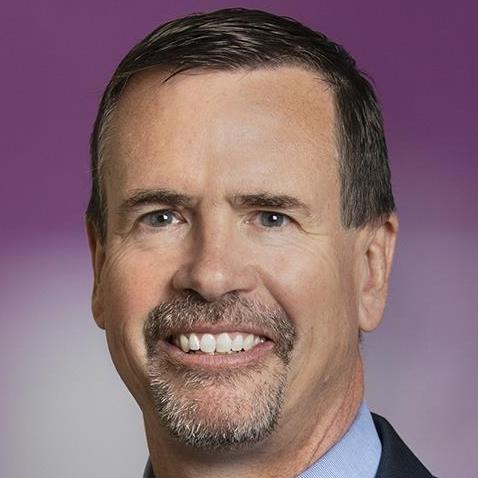A vaccine that prevents all cancer may still be decades away from becoming a reality, but for cervical cancer and several other types of cancer, a vaccine already exists that drastically reduces the risk of getting the disease.
That’s because the vast majority of cervical cancer (as well as many anal, oropharyngeal, penile, vaginal, and vulvar cancers) is caused by the human papillomavirus (HPV), the most common sexually transmitted infection in the U.S. The Centers for Disease Control recommends that all boys and girls get vaccinated against HPV at age 11 or 12, if not earlier.
“The key is to get the vaccine well before onset of sexual activity,” says University of Colorado Cancer Centermember Sean O’Leary, MD, MPH, a professor of pediatrics in the Section of Pediatric Infectious Diseases at the University of Colorado School of Medicine and an investigator at the Adult & Child Center for Outcomes Research & Delivery Science (ACCORDS). “In some children, that happens when they’re young, and some it’s much older. Knowing that onset is very unpredictable, the sooner the better is essentially the recommendation.”
Obstacles to uptake
Because of the connection between the HPV vaccine and sexual activity, the vaccine has faced an uphill battle since it was first introduced in 2006, many of the objections coming from parents who considered 11 or 12 much too young for a vaccine aimed at a sexually transmitted disease (STD).
“Initially there was a lot of communication about it as an STD vaccine, so a lot of parents and even some clinicians pushed back on that, saying, ‘Our family’s not at risk for this,’” O’Leary says. “That myth continues to this day, even though everyone is at risk for this. There also was a lot of disinformation about the vaccine and safety issues that circulated widely through social media and word of mouth. None of it is true, but those myths continue to contribute to concerns about the safety of the vaccine.”
Among those pieces of misinformation, O’Leary says, is that the HPV vaccine can cause infertility, which is not true, although the HPV virus itself can cause infections that affect a woman’s ability to maintain a pregnancy.
Projects to increase vaccination rates
Partly because of this misinformation, and partly because many young people still are not getting vaccinated against HPV, O’Leary and other CU Cancer Center members are among the researchers nationwide who are looking at ways to increase vaccination rates in preteens.
“One of the trials we have ongoing here in Colorado, in collaboration with UCLA, is to see if having clinicians introduce the vaccine at age 9 or 10 leads to higher uptake,” O’Leary says. “There are other vaccines recommended at 11 and 12, and adolescents don’t always like getting multiple shots. Some clinicians are finding it easier to initiate at age 9 or 10; they just say, ‘We’ve got this vaccine that prevents cancer, and your child is due today.’ That also helps disentangle it from potentially uncomfortable discussions with the pediatrician about sexual activity that parents have at the later age.”
Another series of projects O’Leary is working on involves a concept called Boot Camp Translation, a way to involve local communities in engaging with and disseminating health care information.
“You partner with a community, and work with the community to tackle a given health problem,” he says. “The community members know their communities — they are best suited to figure out what’s going to work best to address a health problem. Boot Camp Translation is a method of community based-participatory research where community members are trained to be experts in a health problem, and then develop interventions to address it.
“For our projects, we used this method to address HPV under-vaccination. We worked in both individual pediatric practices as well as seven rural counties in western Colorado — we engaged with parents, clinicians, public health officials, and teens, and they told us what they were hearing in their community.”
As a result of those meetings, clinicians and community members began working on ways to increase HPV vaccine uptake in their practices and communities. Efforts included creating flyers to post in doctors’ offices and local schools, increased messaging through patient portals, emails, and texts, and even a series of videos on the importance of the HPV vaccine. These efforts at increasing uptake look very promising, O’Leary says, and he and his colleagues are working on projects to scale up these efforts.
Long-term goals
Any intervention that increases uptake of the HPV vaccine is good news to researchers like O’Leary, who knows how unique it is to have a cancer that can be prevented with a simple shot.
“We’ve seen a general trend of uptake slowly going up, but it's still well behind other adolescent vaccines,” he says. “It's a real challenge, because we know there are people who are going to die from a disease that could have been prevented with a simple intervention. Almost all of those cancers and deaths are now preventable.”




